Best Tools for Cross-Platform App Development in 2019

A mobile revolution is arriving at its peak all around the world. What makes mobile phones easy for mobile app development. It enables you to experience the standard everyday activities easily and constancy. Applications make it fun to track your food orders, book tickets, window shop through online business, and so forth. At present, mobile application developers are progressively disposed to make cross-platform applications for various types of applications. Before we go into the best cross-platform mobile app development devices, it is important to comprehend why we incline toward cross-platform applications.
Associations have been striving at the previous two decades to move work on the web. Today, employee administration and everyday issues are through mobile applications. Since making a mobile application is a lot simpler today. Along these lines, cross-platform application development is turning into a need in the cutting edge work environment. A cross-platform application enables the application to work in numerous tools. Some of the accompanying methodologies are:
· Hybrid applications
· Rapid mobile application development
· Windows universal applications
· Progressive Web applications
Here is the list of best tools and apps for cross-platform app development, let us explore one by one below.
1. Apache Cordova (Phone Gap)

Apache Cordova is first on the list as it empowers the build procedure of freest cross-platform application development tools. PhoneGap offers a FOSS domain that permits cross-platform mobile app development and is created by the group behind Apache Cordova. It involves a compiler, debugger, and two or three tools for testing purposes. The plugins in Phone Gap permits setting off some key mobile phone functionalities like GPS, camera, accelerometer, sound, etc. PhoneGap additionally underpins in-application buys for the iOS application store and the Google Play Store. It is an amazing tool for designers who have aptitude in front-end innovations. Backing from a third party cache and the accelerator of graphics can accelerate the application.
2. Appcelerator

Appcelerator is another cross-platform development tool that can be used to create, test, and deploy the usefulness of a mobile application. It utilizes JavaScript as a universal code component. It suggests that a similar code can be utilized to make applications for different platforms like iOS, Android, and Blackberry. It is the best decision for the energetic development of an application with an accomplished developer in JavaScript.
3. React Native
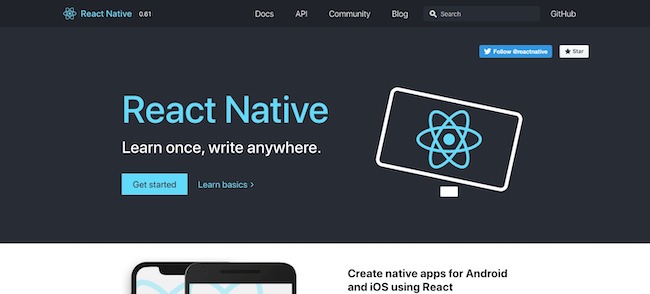
React Native is an open-source, cross-platform mobile app development tool created by Facebook. It pursues the protocol as “adapt once, write everywhere”. JavaScript is the base language and offers an opportunity for native usefulness. Once coded, you can port your application to both Android and iOS utilizing a similar base code. The usefulness that React Native to stand separated is that, despite the fact that they are cross-platform, applications worked in this platform will have the look and feel of a native application so offering an intuitive client experience.
4. Native Script
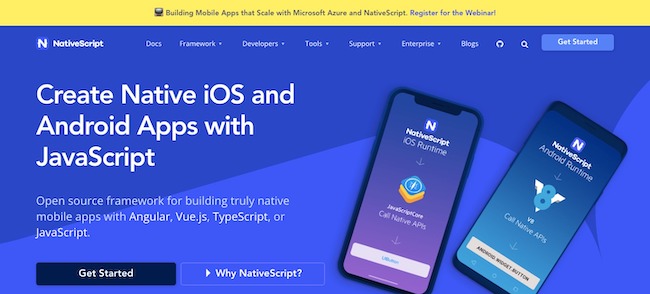
NativeScript is equal to writing native applications with cross-platform ability in JavaScript, TypeScript, or Angular. It is the most favored application development structures to make slanting micro-apps. Micro apps help you perform functionalities with exactness. It, for the most part, centers around a single element. The runtimes enable the developer to call the iOS and Android APIs utilizing JavaScript code. Center plugins help to gather the abstraction required for the local API. The CLI direction causes the client to make, run, and fabricate applications utilizing NativeScript.
5. Flutter
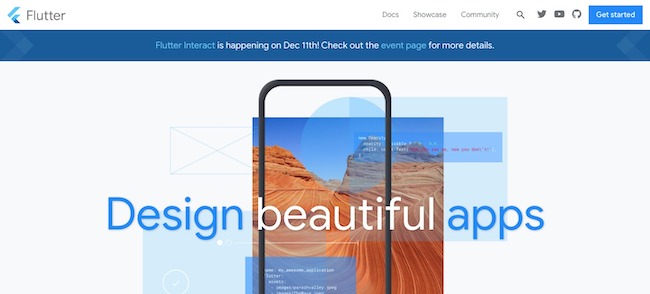
Flutter implies quicker and dynamic mobile app development. The hot reload works by placing in source code files into a Dart Virtual Machine (DVM). The Flutter makes it simple to rebuild a gadget tree consequently by making it see the impacts of your changes. The widget gives features like symbols, navigation, scrolling, text styles, and so forth to launch an undeniable iOS and Android app. Flutter is increasingly similar to a react system with instant two-dimensional rendering, tools, and widgets. These components help your build, design, test and investigate applications effortlessly.
6. Xamarin
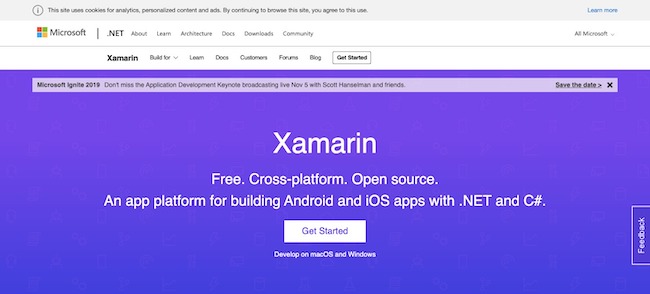
Xamarin gives a comprehensive cross-platform development mobile for desktop, tablets, and mobile. The Android fast start and iOS quick beginning helps developers assemble native UI segments. Xamarin bolsters languages like C#, F# and the Razor format motor. The native friendly interface enables developers to react to a particular customer requests. It is a one-size-fits-all program with HTML tools to support developers and end-clients.
7. Felgo
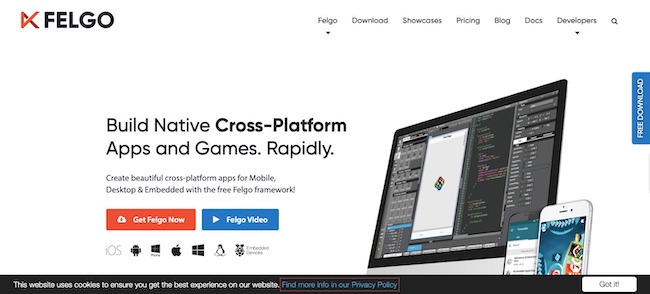
Felgo is a simple to utilize cross-platform development SDK which is working on the Qt structure. Qt, an acclaimed C++ structure, is generally utilized by developers. Felgo upgrades this Qt center with an application and game components. Scientific tools, plugins for in-application buys, and so on make it an independent platform. Felgo is one of those developing cross-platform mobile application development devices. It is today well known for the new age of developers. The element that makes it alluring is that they won’t charge you if you are not procuring benefit with your business.
8. Ionic
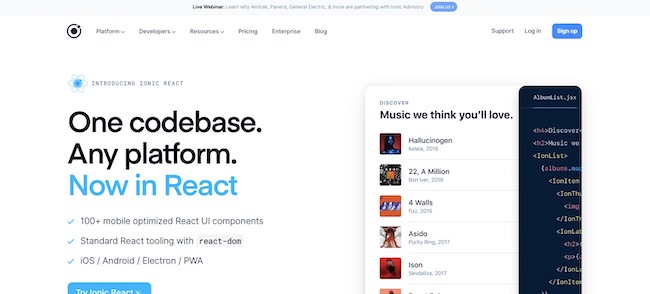
Ionic mobile application development structure utilizes HTML5 to assemble hybrid applications. Hybrid applications are superior to pure native applications when one thinks about help, speed, and third party access. It is the best alternative if you have constrained time to market your app. Native-style UI parts and designs that you can have on iOS and Android. In any case, being an HTML5 framework, it needs a wrapper like Cordova or PhoneGap to fill in as a native application.
9. Rho Mobile
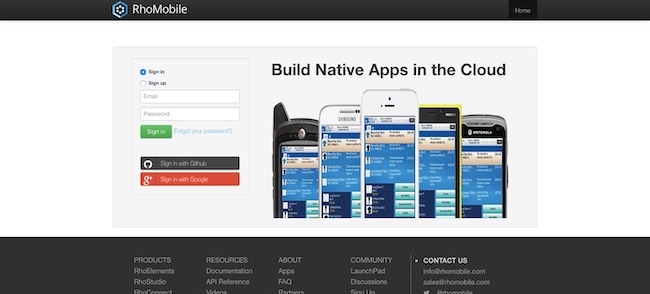
RhoMobile offers Rhodes, a Ruby-based open-source structure that functions admirably with Android, Windows Mobile, Symbian, iPhone, and RIM. Ruby is already a mainstream programming language. You can create native-like applications, which spreads crosswise over various platforms using a single code. Native applications work remarkably well in managing accessible hardware. Henceforth the job accomplishes generally more proficiently, quicker, and precisely.
Subscribe & Get E-Mail Updates Delivered
Our informative Design related articles featuring the latest Resources for Web Designers & the Web get delivered via email dialy. Thousands of readers have signed up already. Why don't you subscribe as well, and get articles delivered to your inbox?






Leave a Reply